We spend our lives making assessments and then follow up with decisions that determine a course of action. Assessment, to some extent, is an evaluation of the available evidence that leads to action, either immediate or at some stage in the future. That the evidence may be the best available to us at the time, is often a determinant, especially if the need to decide is urgent. If time is available, then it is feasible to consider whether we have sufficient information, or if there are other sources of information that will broaden our considerations.
I’m soon heading on a road trip through France, then on into Spain, for the wedding of my step-daughter to her Spanish boyfriend. I am effectively the luggage van, taking wedding dresses and large suitcases, as well as baby paraphernalia for second step-daughter. DIY stuff will also be included for a working stop en route, in France.
That is an overall plan, which I have considered in terms of the direction of travel, highlighting specific towns to head for, but also knowing that I will use the Sat Nav as my co-pilot, to prompt awareness of decisions that will need to be made in a near future. Even the best laid travel plans can be subject to alteration. There may be an occasional detour, with localised roadworks, or perhaps an earlier accident leading to a hold-up. To take account of these possibilities, I’ll add some time to what will ultimately be a ten hour drive, to allow for stopping, sleeping, refreshments and eating. I’m planning to arrive in Valencia to meet my wife, who’s flying in at lunchtime. If the weather is hot, my journey timings will change, to use the cool of evening and morning, perhaps choosing to stop to sleep, as I did on a previous trip, beside the Mediterranean. Not a bad way to enjoy a morning coffee!
Teaching’s like that, in that we have a journey on which to take a cohort of children. They will be known, to some extent, ahead of time, although the receiving teacher might have to recalibrate their prior expectations to tailor their responses to the new group. This applies to every teacher taking on a new class each September. It is especially important for a NQT, whose experience may yet be limited. However, in both cases, there are collegiate co-pilots, those who had the class before, whose insights are invaluable, but can also be subject to their own biases towards specific children, often on personality grounds.
The children come with a learning and achievement past. Records are shared, but, in the absence of descriptive information, data can mask both achievement and personal needs to cover “missing” bits from prior learning. I have to say that this has always been an issue. Specific personal needs have rarely been shared as effectively as they could, especially at transfer and transition, leaving receiving teachers to spend time reordering their thinking. Taking previous books into the new year, or at least copying a latter piece of good achievement, can provide an essential baseline for both the teacher and the child. To also have specific, personal needs highlighted as prompts for teacher and child focus ensures that “gaps” are at least identified and then capable of being addressed.
Learning is a continuous process. Why do we allow time breaks to become potential points for learning loss, which can be magnified in a change of school? There are many years of evidence of loss at years three and seven.
Where we had a system of levelness from 1987-2014, we now have the notion of yearness, described in terms of age related expectation, or ARE. Although some regularly argue that new assessment systems should not recreate levels systems, in many ways it could be an inevitability. Teachers are required to make judgements; there’s even a new kid on the block calling itself comparative judgement, which implies a level of judgement that allows comparison of two bits of work, taking me back to teaching before 1987.
Ordering classes according to whether they are coping with specific aspects of work, or who’s seemingly achieved and who needs additional help, has been a standard part of practice throughout my career. It’s how teachers think, at an organisational level. Dylan Wiliam now wishes that he’d called Assessment for Learning (AfL) reflective, responsive teaching. I just see it as essential teacher decision-making, as per this diagram.
It’s when we get to the level of personal needs that teachers cannot be expected to remember every child’s needs.
To address this, in my Primary school, we developed exercise books as personal organisers, with flip sheets that allowed teachers to create prompts for themselves and the children to ensure focus on specific potential gaps. The interaction of the teacher with the journeys of each child, is the key to progress for each. Keeping an eye on specifics within interesting contexts allows for regular use and application, allowing children to maintain themselves within the class, with personal targets within the context targets.
Engagement and feedback are essential.
The teacher acts as sub-editor on written outcomes, giving feedback on technicalities, but when faced with a finished piece of work becomes a reader, offering a critique to the writer, in an effort to improve structural quality. As a teacher, they also make quality assurance decisions that then impact on their subsequent actions. Teachers will always interact with children at the level of “experts”, whatever their level of subject expertise. Their feedback, whether verbal in-lesson or written, post-lesson is a part of the child and class learning process; a form of guided reflection.
How much self-evaluative thinking are children really involved in?
An earlier blog looked at process and product evaluation as an essential aspect of progress. I’ve extracted a short piece.
We talk in terms of a thought process, not a thought product, but there can be a product of thought. So the act of thinking is a process, not an end in itself. The challenge to think around a problem, to analyse and make a judgement about how to proceed, to order and organise a coherent plan of action, to carry out the action with record keeping embedded, then to review and evaluate the process and the outcome, suggesting areas for re-assessment, are higher order thinking skills leading to potentially different outcomes . To give a group of children a “recipe” to be followed is a lower order set of skills, following instructions, leading to thirty exact copies. The former approach leads to questions such as “How do I….?” rather than “I can’t…..” These two responses suggest, in the first example, the need for a skill as identified by the independent learner, while the second can suggest a block and dependence.
Within these areas, are teachers and supporting adults the barriers to learning? It is very arguable that they may become so, often inadvertently, by designing inappropriate tasks that cover all the children, in so doing potentially limiting a number of learners and over-challenging others. The implications for classroom practice can be great, particularly in resource terms, cost, access and use. The first can be limited by the use of recycled materials, or no cost collections, such as newspapers, boxes and so on. Storage and access need to be overcome. Thirty children all needing the same materials at the same time will cause chaos, unless there is clear organisation for use and return. Resources across the curriculum need to be in the classroom, easily accessible and available to be selected by children in their need to solve a problem.
Support staff, often concerned that the children for whom they are responsible have to fulfil the task as set by the teacher can become actively involved, in the more extreme cases actually taking over from the child to finish the activity. This can be the case in an art activity, especially activities such as cards for a special occasion. Why can’t Teaching Assistants be deployed with groups to allow independent tasks to be undertaken with an overseer as observer?
I think issues arise with teacher tracking of children’s outcomes. I’d argue that the system above for Primary writing is, in itself a form of personalised tracking, of need, outcomes and feedback. Reading records, at Primary, are often based on an adult making contemporary notes from hearing readers, but can also be as simple as a personal bookmark, with books read being recorded (by children). Maths books could benefit from flip sheets of reminder prompts.
Extrapolating the tracking of essential information into data points, is the area that has caused the greatest concern, as multiple pieces of information are expected to be collated into a simplified decision, formerly something like level 4b, now it’s +/- ARE. That’s also where the issues are then often hidden, especially at year end transition, with receiving teachers making assumptions based on the available evidence.
As a teacher and as a driver, you cannot take your eye off the road, keeping a check on those around you, to avoid accidents. Occasionally a stop is needed, to take stock, relook at the map, possibly rejig the route, especially for some, or to refuel and replenish supplies.
Journeys are rarely as simple as A to B. Actually, a detour can provide unexpected highlights that add colour to the journey.
Motorway driving can be very boring; I’m taking what used to be called Route Nationale (RN), but which now is renamed Route Departmentale (RD). As long as my journey of forward, I’ll get there eventually, making decisions as I go.


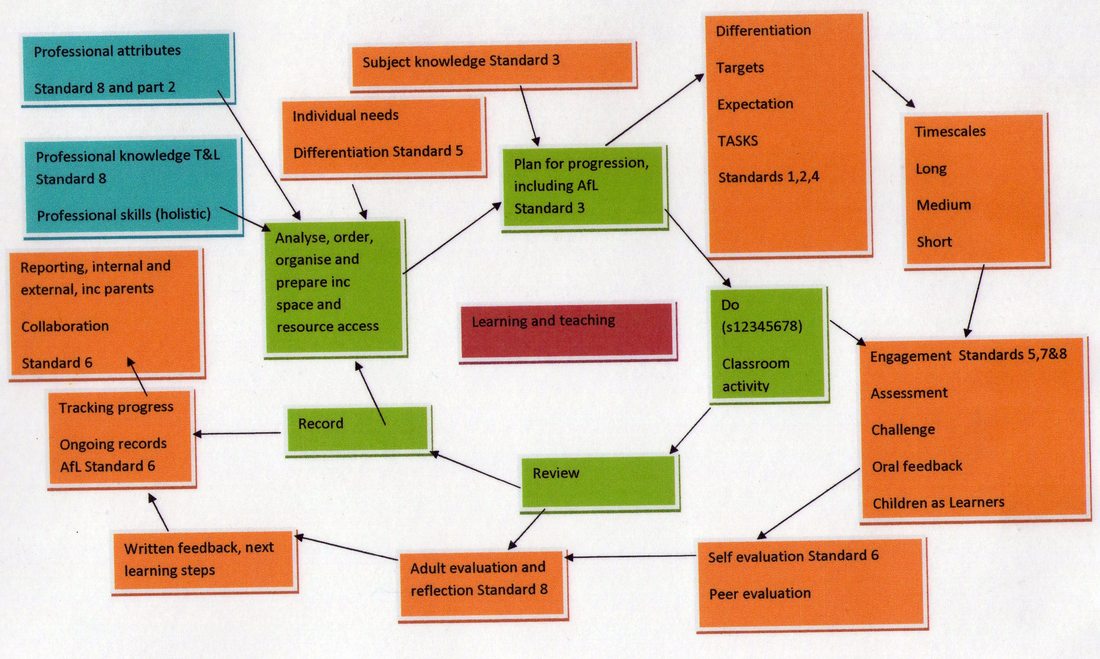





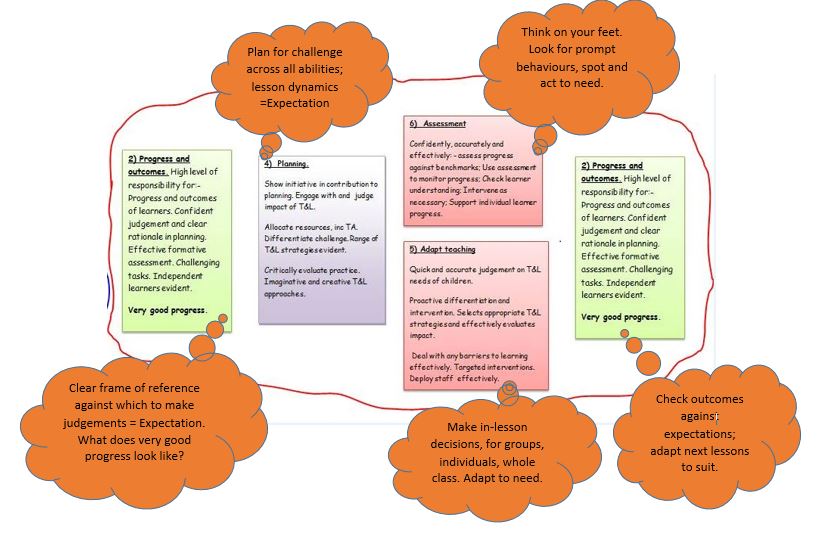



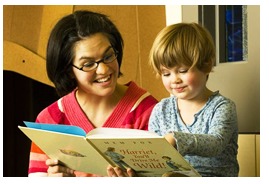
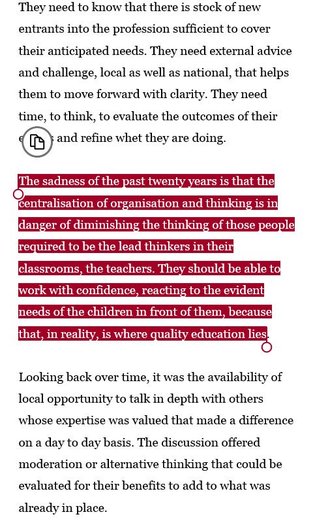
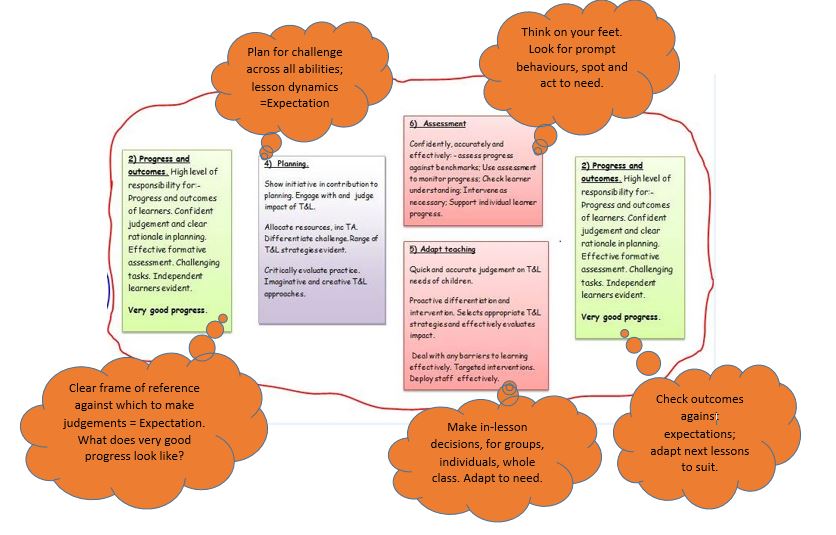
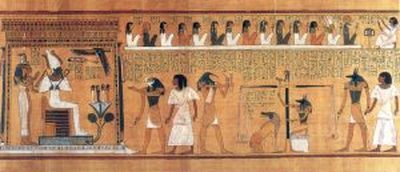
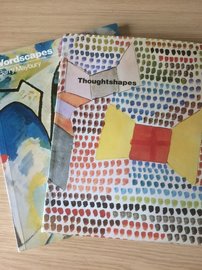





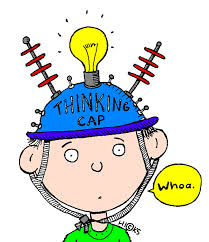

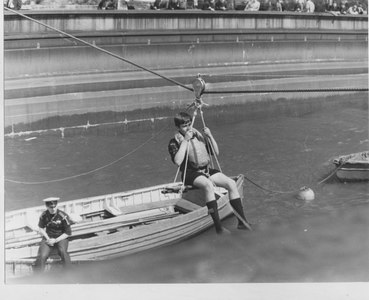



 RSS Feed
RSS Feed
